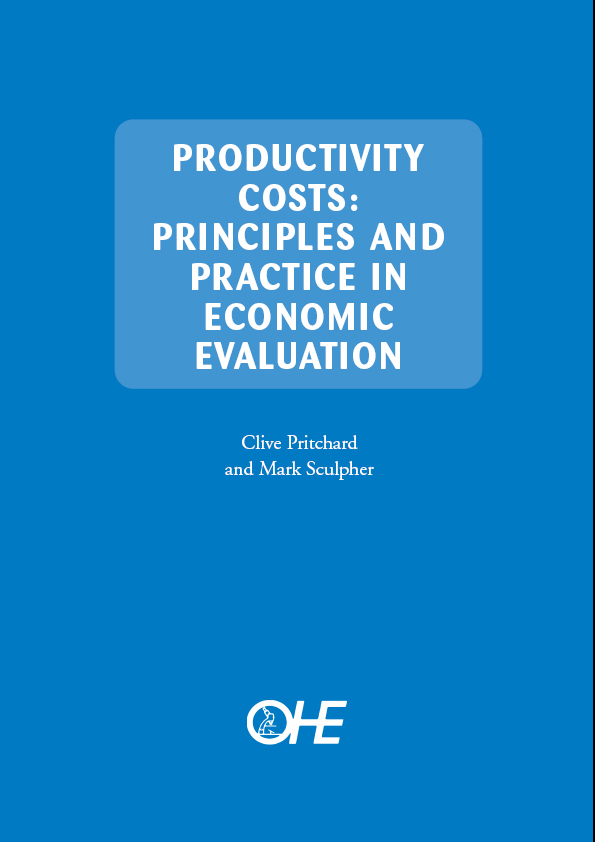Incorporating the Patient Voice in Health Technology Assessment

The Secretary of State for Health has recently described health care as a form of ‘social investment’ which is ‘of instrumental importance in improving national economic performance’. This concern with economic productivity is shared by decision makers in other countries, where the impact…
The Secretary of State for Health has recently described health care as a form of ‘social investment’ which is ‘of instrumental importance in improving national economic performance’. This concern with economic productivity is shared by decision makers in other countries, where the impact of health care on workplace productivity has been specified as part of the economic analyses to be submitted in support of claims for the public reimbursement of pharmaceuticals. While concern has been expressed about the potential bias of economic evaluations against the cost-effectiveness of treatment aimed primarily at the nonworking population when these ‘productivity costs’ are included, there is a strong case for considering their importance in studies conducted from a societal perspective. There is, however, less agreement on how these costs should be estimated. The three generally recognised approaches to estimating productivity costs are the human capital approach, the friction cost approach and the approach recommended by the US Panel on Cost-Effectiveness in Health and Medicine. The friction cost approach responds to concerns that the human capital approach may overestimate productivity costs by ignoring any mechanisms which compensate for workers’ absence due to illness or disability, particularly the availability of a surplus pool of unemployment. The approach advocated by the US Panel is distinguished from the other two primarily by the view that productivity costs are captured in the assessment of health effects when the quality adjusted life year (QALY) is used and thus any additional adjustments are minimal. This book summarises the debate between the proponents of each method and reviews a sample of studies from the Health Economic Evaluations Database (HEED) to ascertain how productivity costs have been measured in practice. In general, authors did not provide a clear statement of which of the three methods had been used, although the majority favoured the human capital approach. In those cases where the friction cost or US Panel approach had been used, application of the methods was relatively crude. Methodological considerations which might be considered good practice in the presentation of data on productivity effects, such as the use of sensitivity analysis, were observed in only a minority of studies. The paper concludes on the relative merits of the three approaches and recommends ways in which the estimation and presentation of productivity effects might be improved.
Productivity Costs: Principles and Practice in Economic Evaluation
Pritchard, C. and Sculpher, M.
(2000) Productivity Costs: Principles and Practice in Economic Evaluation. OHE Monograph. Available from https://www.ohe.org/publications/productivity-costs-principles-and-practice-economic-evaluation/